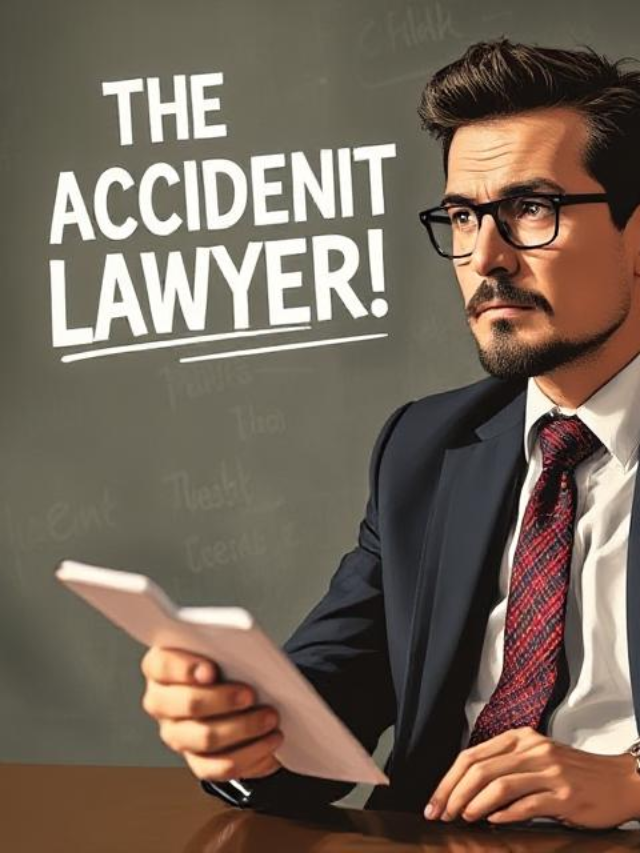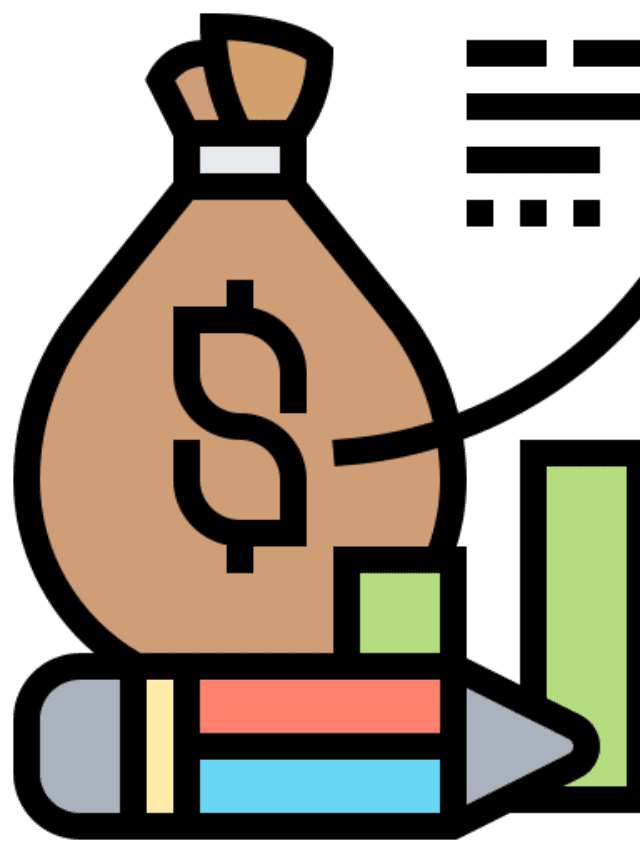What Is the Best Way to Consolidate Credit Card Debt?
If you’re struggling with multiple credit card balances, consolidating your debt can simplify payments and reduce interest costs. Debt consolidation involves combining multiple debts into one loan or payment plan with better terms. Here are the best ways to consolidate credit card debt and regain control of your finances.
1. Balance Transfer Credit Card
A balance transfer allows you to move high-interest credit card debt to a new card with a 0% introductory APR for a limited period (usually 12-21 months).
Best For: Borrowers with good to excellent credit (typically 680+).
How It Works:
- Apply for a balance transfer credit card with a 0% intro APR.
- Transfer your existing credit card balances to the new card.
- Pay off the balance before the introductory period ends to avoid interest charges.
Pros:
✔ 0% interest during the promotional period.
✔ Simplifies debt into one payment.
✔ Faster payoff if managed well.
Cons:
✘ A balance transfer fee (3-5%) may apply.
✘ High interest (15-25%) resumes after the promo period.
✘ Requires a good credit score for approval.
Top Picks:
- Citi Simplicity® Card – No late fees and a long 0% intro APR period.
- Chase Slate Edge℠ – 0% intro APR for 18 months with no annual fee.
2. Debt Consolidation Loan
A personal loan can help you pay off multiple credit cards at once, leaving you with a single monthly payment at a lower fixed interest rate.
Best For: Those with fair to good credit (600+), looking for lower interest rates.
How It Works:
- Apply for a debt consolidation loan from a bank, credit union, or online lender.
- Use the loan to pay off your credit card balances.
- Make fixed monthly payments until the loan is repaid.
Pros:
✔ Lower interest rates than credit cards.
✔ Fixed payments make budgeting easier.
✔ No collateral required.
Cons:
✘ May require good credit for low APR offers.
✘ Some lenders charge origination fees.
✘ Extending loan terms may lead to paying more interest over time.
Top Picks:
- SoFi Personal Loan – No fees and competitive rates.
- Marcus by Goldman Sachs – No fees and flexible loan terms.
- Upstart – Good option for those with fair credit.
3. Home Equity Loan or HELOC
If you own a home, you can use its equity to secure a low-interest loan for debt consolidation.
Best For: Homeowners with significant equity and good financial standing.
How It Works:
- Take out a home equity loan (fixed rate) or home equity line of credit (HELOC) (variable rate).
- Use the funds to pay off high-interest credit cards.
- Repay the loan over time with lower interest rates.
Pros:
✔ Interest rates are lower than personal loans or credit cards.
✔ Can borrow large amounts if needed.
✔ Interest may be tax-deductible (consult a tax advisor).
Cons:
✘ Your home is used as collateral—risk of foreclosure if you default.
✘ Requires sufficient home equity to qualify.
✘ Closing costs and fees may apply.
4. Debt Management Plan (DMP)
A credit counseling agency can help you create a structured repayment plan with lower interest rates and a fixed payment schedule.
Best For: Those struggling with high-interest debt and unable to qualify for loans.
How It Works:
- Work with a nonprofit credit counseling agency.
- They negotiate lower interest rates and payment plans with your creditors.
- You make one monthly payment to the agency, which distributes the funds.
Pros:
✔ Lower interest rates negotiated.
✔ No need for a high credit score.
✔ Helps build better financial habits.
Cons:
✘ Monthly service fees apply.
✘ Can take 3-5 years to complete.
✘ Credit cards may be closed, affecting credit score.
Top Picks:
- National Foundation for Credit Counseling (NFCC)
- GreenPath Financial Wellness
5. Borrowing from a 401(k) Loan (Last Resort)
If you have a 401(k) retirement account, you can borrow up to 50% of your vested balance (up to $50,000) to pay off credit card debt.
Best For: Those with no other options and stable employment.
How It Works:
- Request a 401(k) loan from your employer’s plan administrator.
- Repay the loan with interest (usually 5% or less) within 5 years.
Pros:
✔ No credit check needed.
✔ Lower interest than credit cards.
✔ Interest paid goes back into your 401(k).
Cons:
✘ Risk of retirement savings loss.
✘ Must repay in full if you leave your job.
✘ Misses out on potential investment growth.
Share this with your friends and family!









.jpg)